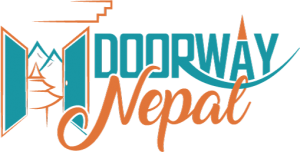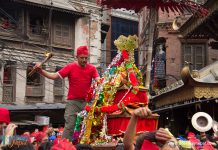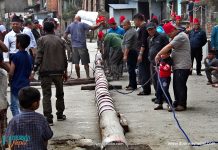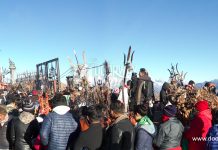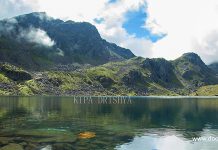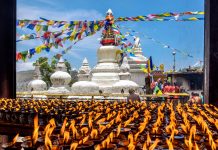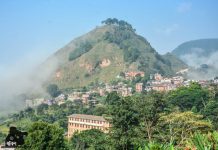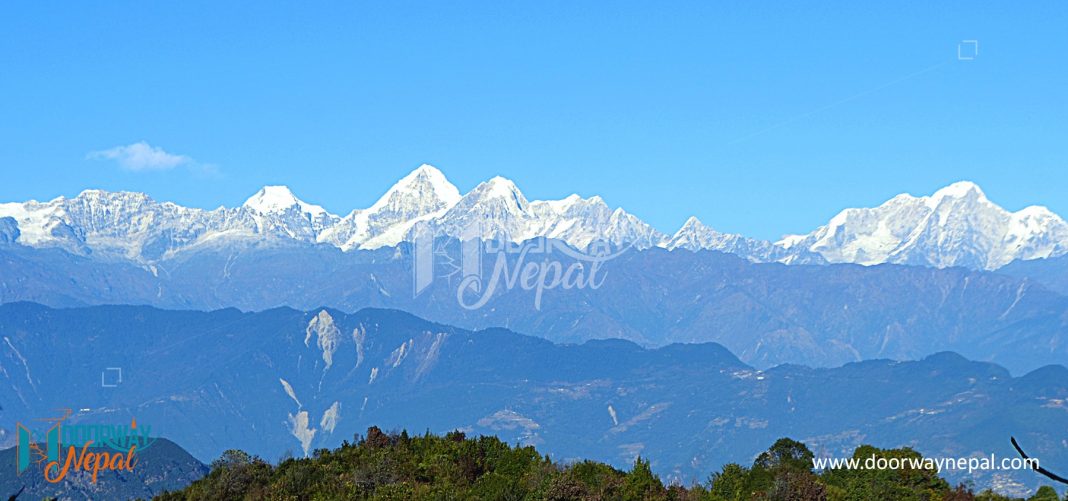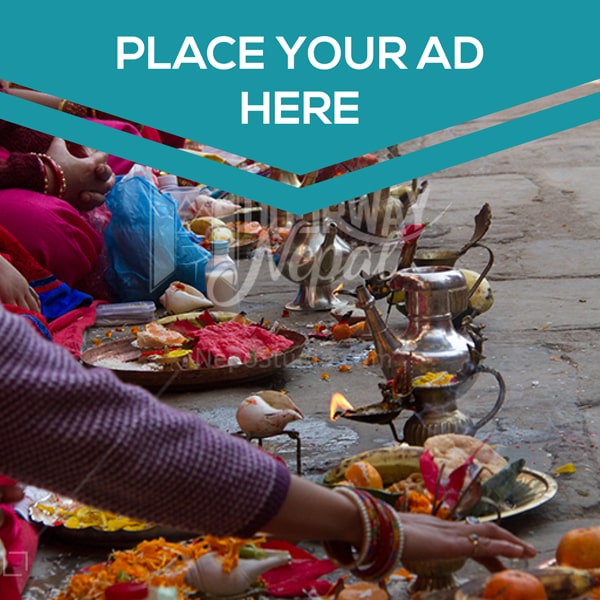Nepal is a beautiful country having the world’s tallest mountain, friendly people, diverse culture and plenty of other things to experience. And it won’t hurt you, if you have all the information about what to do and not in Nepal before you land here. So, follow these instructions and you don’t have to whine later about not knowing some basics while in Nepal:
You need a visa to enter Nepal
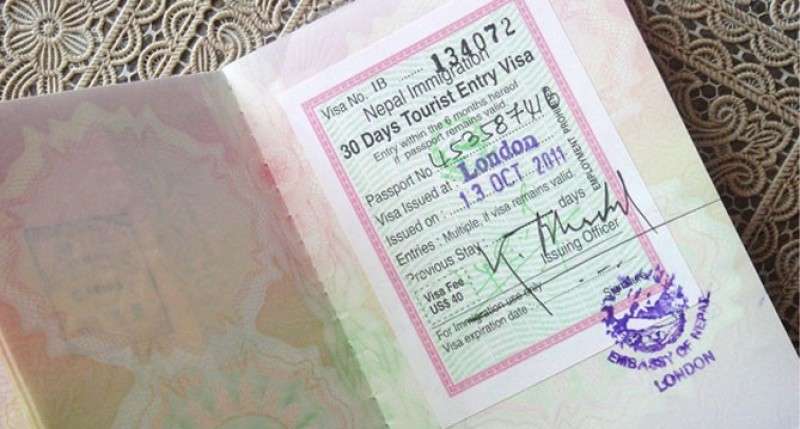
At Kathmandu’s Tribhuvan International airport as well as all land border crossings, visas are available on arrival. At the cost of US$25/40/100 (at 8/1/2018), you can get single-entry visas available for 15/30/90 days. You will need to have a passport size photo with you and at least six months left on your passport. On-arrival process is a smooth one; however, if you’re worried you can also apply for a visa online up to 15 days before your arrival.
About the currency and ATMs
Nepal’s currency is the Nepali Rupee (NPR). At the time of publishing (January 2019), the exchange is roughly: 1 GBP – 145.02.51 NPR // 1 USD – 104.32 NPR. Keep up to date on the latest currency conversion at xe.com.
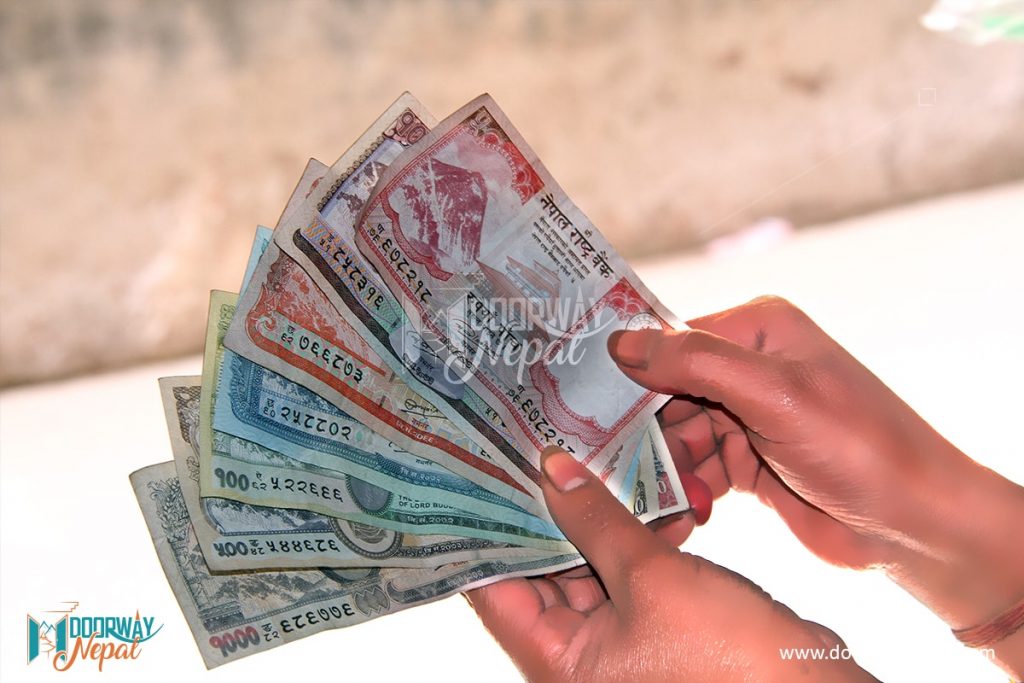
EFTPOS and ATMs are widely available in big cities, but not in rural areas. In the cities like Kathmandu and Pokhara, you won’t have any troubles getting money out. However ATMs and card facilities become far less frequent as you move out of them. If you’re going hiking for a couple of weeks, plan ahead and take all the cash you’ll need out ahead of time (or you’re going to be very hungry!). Note: Most ATMs have a maximum withdrawal limit of 10,000NPRs, however some NABIL machines have a 35,000NPR limit.
Within your means
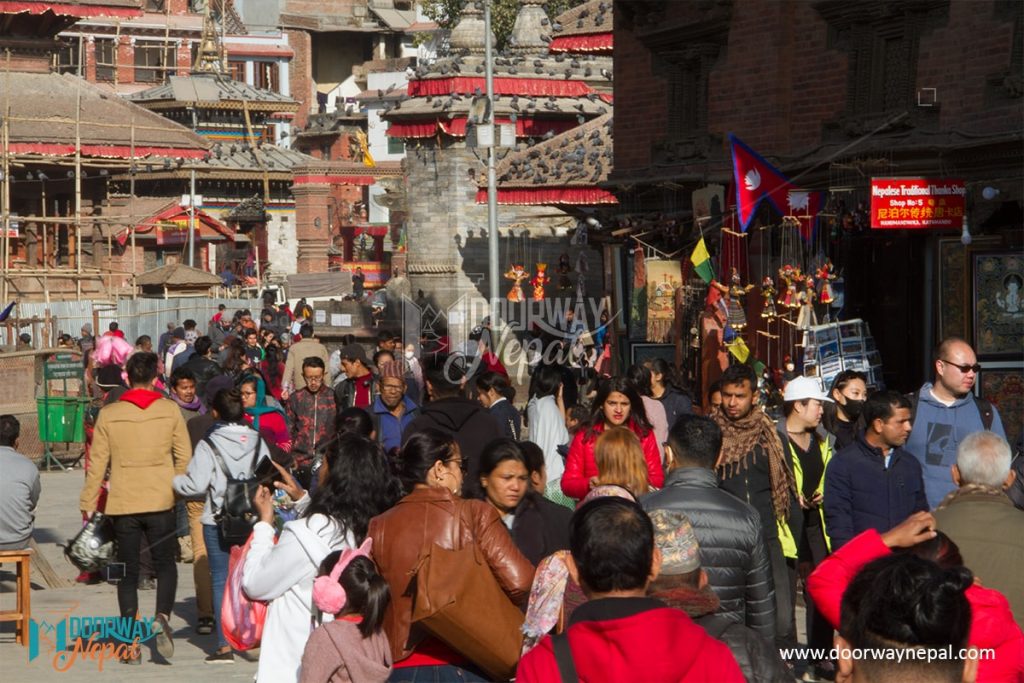
From cheap backpacker right through to luxury stays, Nepal is one of those destinations where you can get these all. Travelling Nepal on a budget is a possibility. And chances are you won’t need to spend more than about $30 per day. Just be aware that organised treks tend to be pretty expensive, so you’ll need to factor that into your planning.
You can give tips
Beside from those who work in the trekking sector officially, there isn’t a strong tipping culture in Nepal. But they are greatly appreciated by the locals. Rounding payments up for taxi and rickshaw drivers is fine, and if a 10% service charge isn’t included on bills already, tipping for service in restaurants is at your discretion. The exception to this is trekking, where it is customary to tip and additional 10-15% for each guide and port to thank them for a job well done.
Say yes to bargain
Bargaining is normal and is expected in Nepal but make sure you do it with respect. You can walk around a few market stalls and gauge what the general asking price for the item you are looking for. Before negotiating with the one you’d like. Nepal is a respect-based culture, so be sure to remain courteous and friendly.
Food and drink in Nepal
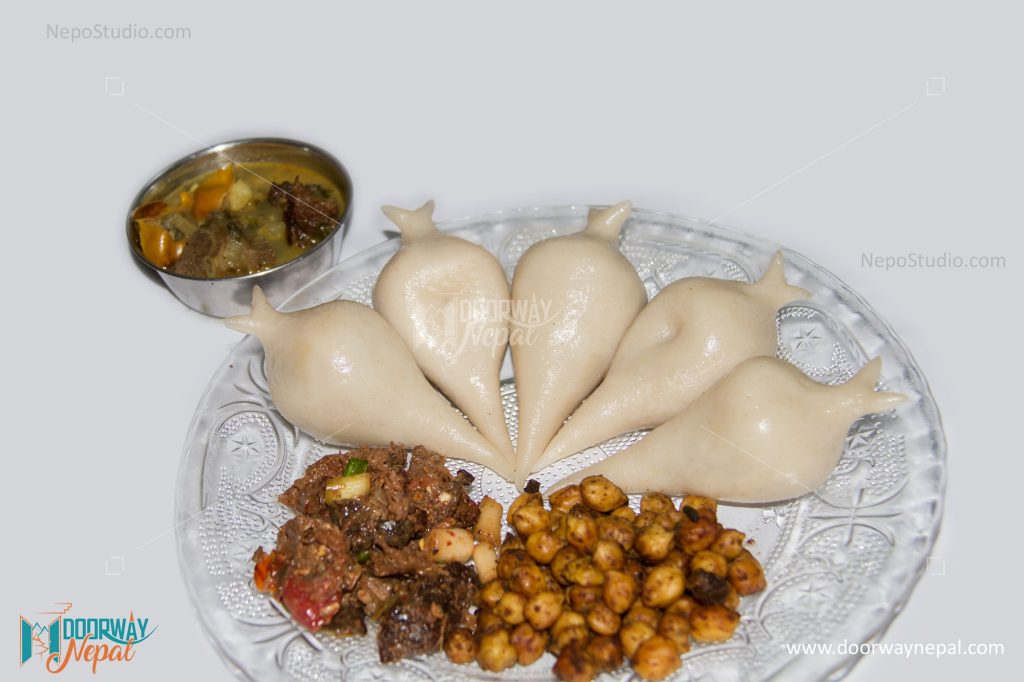
Nepali cuisine is rich in flavour, aroma, and basically absolutely delicious influenced by its Indian and Tibetan neighbours. You can try traditional meal– Dhal Bhat—throughout Nepal. This is basically a heavy lentil-based soup eaten with rice, curry, veggies and spices that locals will eat at least once a day. If you’re craving a taste of home, visit restaurants in Thamel that are set up to cater for travelers, and you’ll get plenty of familiar meals. You must try momos here. This is Nepal’s version of the dumpling. Delicious steamed or fried, buns full of either ground meat, veggies, or cheese; are worth making the trip for alone.


